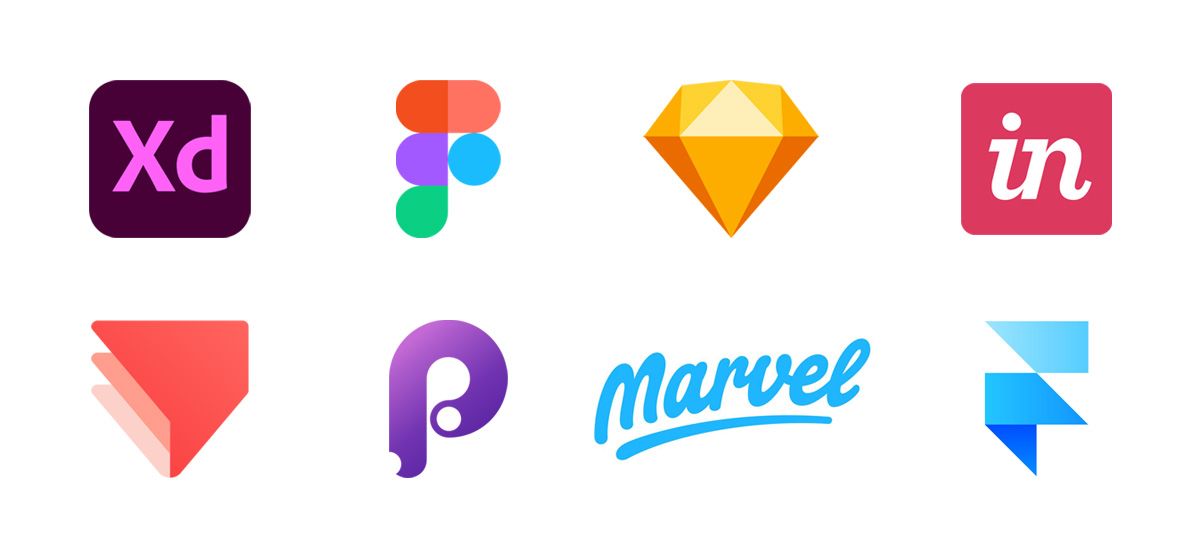

When it comes to design, it is much more than just making things look pretty and adding color. The responsibilities of a UI Designer will vary depending on the company and the project, but generally speaking, they are responsible for designing and prototyping. Job Description: UI Designer at Peloton, found on A UI designer’s role then is to visually guide the user through a product’s interface in an intuitive way. It consists of buttons, text, images, colors, animations, and all the other items that a user could interact with. A user interface is a point at which users interact with a computer, website, or application. The “UI” in UI design stands for “user interface”. If UX design is more about the holistic, big picture view of the product, UI design is a part of said picture. Can I successfully navigate the page without getting lost? Do I have all the information that I need to complete the required tasks? A UX designer’s role is to understand the purpose and functionality of the product.

Don Norman, the inventor of the term, says user experience “encompasses all aspects of the end-user’s interaction with the company, its services, and its products.” Did you notice how he didn’t solely mention digital services and products? Whether buying a physical product at a store or browsing a website, the experience needs to be as smooth as possible. The “UX” in UX design stands for “user experience”.

Before we dive into UI design, it is important to understand UX design. Even though they are often lumped together in job descriptions and used interchangeably, they aren’t one and the same. In the case of Zeplin, images can be extracted by selecting and clicking the “download” icon in the Assets section of the sidebar.When talking about web and app design, the terms UX and UI are likely to come up.
#Sketch flinto protopie principle code
And here, similarly, the hard part is tackled entirely by Apollo CLI, and you can stitch it together with your own code in no time.Ĭoming back to Zeplin and Figma briefly, they're both built to allow engineers to extract content directly to facilitate product development.Įxtracting the copy for an entire paragraph is as simple as selecting the content in Zeplin and clicking the “copy” icon in the Content section of the sidebar. As with codegen, even a small change in a query fragment should also trigger many small changes in mock data. To supply Storybook and our unit tests with realistic mock data, we want to extract the mock data directly from our Shared Development Environment. Digging into UI in this abstract way takes all the chaos of this madcap world away one breakpoint at a time, and in that quiet realm, you are good down to the pixel every time. Since we are talking about how all these fabulous tools work so well together to help you be productive, can I just say what a delight it is to work on UI with Zeplin or Figma side by side with Storybook. That is fine for buttons or UI with borders, but it’s hard to tell precisely where your component starts and ends, so I hacked them in there. One other hack you’ll notice is that I added a pair of divs to bookend my component vertically, since Storybook renders with whitespace around the component. getSectionsFromJourney() just filters the sections. This file is entirely generated from Yeoman (discussed below), and it delivers the examples from the Alps Journey by default. This is the crux of the matter for Storybook. Beyond that, if you have alternative states you want to account for, perhaps loading or error states, you can add them in manually. If your mock data really covers all the various various possible states for your UI, you are good to go. The only tricks I apply to Storybook are loading the stories with the mock data we’ve extracted from the API. You get fast hot module reloading and a couple checkboxes to enable/disable browser features like Flexbox. It is the perfect place to make sure your work aligns with designs to the pixel across breakpoints. The tool we use for editing UI is React Storybook.


 0 kommentar(er)
0 kommentar(er)
